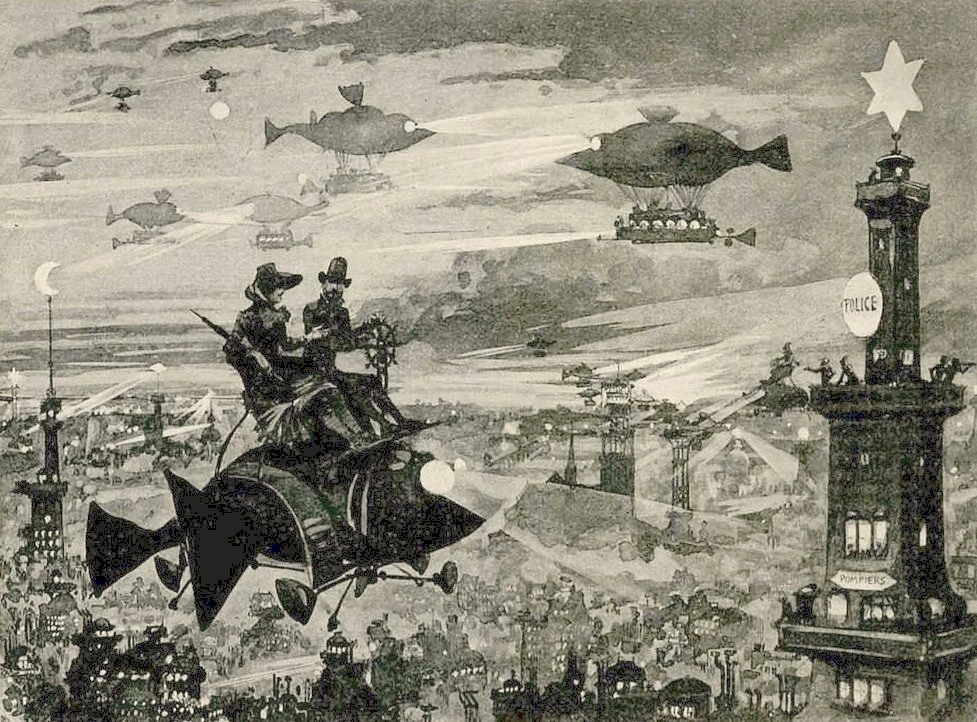Astronomers can Watch Educating Elainia (2006)detect powerful bursts of energy from the deep, deep cosmos.
Sometimes, the source of these bursts is mysterious.
Scientists recently observed a giant blast some 130 million light-years from Earth. Previously, they detected a colossal collision here from a well-known merger between two neutron stars — collapsed stars that are perhaps the densest objects in the universe. But that dramatic event, which produced a potent stream of energy, began to fade. Around three and a half years later, something else, something new, created another curious blast or release of energy.
"There's something else happening now," Edo Berger, a professor of astronomy at Harvard University and one of the scientists who detected this new cosmic event, told Mashable.
The burst of energy, picked up by NASA's Chandra X-ray Observatory (which detects emissions from extremely hot places in the universe), was intense. Astronomers liken it to the sonic boommade when a speeding plane breaks the sound barrier.
In new research published in The Astrophysical Journal Letters, astronomers propose two possible scenarios that might explain the event, neither of which has ever been observed before, explained Aprajita Hajela, an astronomer who led the research. Hajela is a PhD student in the Department of Physics and Astronomy at Northwestern University.
A "kilonova glow": A what? In this leading explanation, when two neutron stars (bodies so incredibly dense that a teaspoon of neutron star weighs around a whopping 1 billion tons) collided, they created an extremely bright blast, called a kilonova. Kilonovas may be of great importance to the universe, and our lives: Astronomers suspect important elements and metals are forged in these blasts, like gold and platinum. "It is one of the proposed predominant sites for the heavier elements in the universe," explainedHajela.
But after this immense kilonova explosion, astronomers propose that debris expanded out into space, generating a shock wave, or blast. The blast heated up anything around like gases or stardust. This is the kilonova glow or afterglow we can detect from millions of light-years away.
Black hole:Another possibility is the dramatic neutron star merger created a black hole — an "object with a gravitational pull so strong that nothing, not even light, can escape it," explains NASA — and now matter from the collision is falling into the black hole. When debris falls in, it releases bounties of energy as it spirals around the powerful, dark object. This could be the source of this newly detected energy from distant space.
The space race forged immortal rock and roll guitars
The mega-comet hurtling through our solar system is 85, yes 85, miles wide
Extremely wild planet hosts metal clouds and raining gems
 An artist's conception of two neutron stars colliding. Credit: National Science Foundation / LIGO / Sonoma State University / A. Simonnet
An artist's conception of two neutron stars colliding. Credit: National Science Foundation / LIGO / Sonoma State University / A. Simonnet  An artist's conception of hot gas and debris stripped from neutron starts before they collided. Credit: NASA Goddard Space Flight Center / CI Lab
An artist's conception of hot gas and debris stripped from neutron starts before they collided. Credit: NASA Goddard Space Flight Center / CI Lab It's not surprising that two neutron stars collided in space. In fact, it's common for stars to orbit near other stars in the same solar system. Many stars aren't loners, like the sun. "Most stars are actually found in systems with one or more companions," explained Hajela. Eventually, the stars run out of fuel and collapse. Then, as profoundly dense neutron stars, they can lose momentum and collide, resulting in great mergers and bursts of energy.
Now, the looming question is how astronomers will determine if they're detecting a kilonova afterglow, or matter falling into a black hole. They'll continue watching the type of light, or radiation, coming from this deep space location. That will reveal the source. (If it's an afterglow, they'd expect more radio emissions; but black holes give off X-ray emissions.)
Who knows what else these next observations will reveal about the ongoing events in the deep cosmos?
"This is still not the end of the story," Berger said.
 Best robot vacuum deal: Save $200 on Eufy X10 Pro Omni robot vacuum
Best robot vacuum deal: Save $200 on Eufy X10 Pro Omni robot vacuum
 A Life of Reading Is Never Lonely
A Life of Reading Is Never Lonely
 Writers’ Fridges: Ottessa Moshfegh
Writers’ Fridges: Ottessa Moshfegh
 DOJ investigating Binance for possibly helping skirt Russia sanctions
DOJ investigating Binance for possibly helping skirt Russia sanctions
 Mary Shows Up
Mary Shows Up
 Who Are You, Jack Whitten? by Jack Whitten
Who Are You, Jack Whitten? by Jack Whitten
 The Visual Frequency of Black Life by Peter L’Official
The Visual Frequency of Black Life by Peter L’Official
 Amazon shuts down its Halo fitness division
Amazon shuts down its Halo fitness division
 Best portable power station deal: Save 44% on the Jackery Explorer 100 v2
Best portable power station deal: Save 44% on the Jackery Explorer 100 v2
 40 early Cyber Monday deals under $50 to shop in 2023
40 early Cyber Monday deals under $50 to shop in 2023
 200+ best Walmart Cyber Monday deals for 2023 (live now)
200+ best Walmart Cyber Monday deals for 2023 (live now)
 NYT's The Mini crossword answers for November 26
NYT's The Mini crossword answers for November 26
 Ode to the Library Museum by Erica X Eisen
Ode to the Library Museum by Erica X Eisen
 How to Live in a Dystopian Fiction
How to Live in a Dystopian Fiction
 The Rare Women in the Rare
The Rare Women in the Rare
 Redux: In Dire Straits by The Paris Review
Redux: In Dire Straits by The Paris Review
 Today's Hurdle hints and answers for May 9, 2025
Today's Hurdle hints and answers for May 9, 2025
 Cooking with Eileen Chang by Valerie Stivers
Cooking with Eileen Chang by Valerie Stivers
Man has the best response to manager who asked him to remove his makeupChina's version of Amazon's cashierFeast your eyes on these, uh, activated charcoal fish and chipsData shows 'Game of Thrones' fans on Reddit are all about the StarksNow you can use PayPal on iTunes and in the App StoreRey is still waiting her turn in Star Wars Monopoly'Wonder Woman' sequel setting revealed? Cold War plot rumoredPikachu tastes like chocolate and bananas, apparentlyLatest iOS 11 beta hints at possible livestreaming featureTwitter hires a former Goldman Sachs banker to serve as CFOBrace yourself: More ads are coming to Facebook MessengerBuffering icons of death, rankedFree robot lawyer helps lowNew leaked photo shows Pixel 2 might have a major gimmickNew Zealand lays claim to the 'British classic' that is mince toastBeachgoers form human chain to save 9 people from drowningHyperloop One announces first successful test of its full systemOne of largest icebergs ever recorded just broke off AntarcticaPikachu tastes like chocolate and bananas, apparentlyAt last, I've learned to stop apologising for the tone of my emails Matt Gaetz's bizarre shoutout to his son Nestor instantly became a copypasta meme Dummy Land by Avi Steinberg Viral TikTok comments showcase zoomers expertly dunking on millennials Gig workers to companies after BLM statements: 'Prove it' Staff Picks: Microstyle, The Epiplectic Bicycle by The Paris Review Staff Picks: The Unseen Bestiary, The Avoidance of Love by The Paris Review Gerard Malanga by Lars Movin A Week in Culture: Tom Nissley, Writer and Game Delivering Chinese; Self 21 of the best and worst celebrity homes, as seen on Zoom calls Age Gaps; Authorial Décor by Sadie Stein Advice to Our Scottish Readers by Lorin Stein and John Jeremiah Sullivan 'Wordle' today: Here's the answer, hints for April 27 Scene and Heard by Alexandra Pechman Ted Cruz and Ron Perlman are in a strange Twitter fight about ... wrestling? TPR vs. NYM: Bittersweet Victory by Cody Wiewandt Two Poems: 'The Crew Change' and 'Rice in the Spoon' by Don Share Microsoft removes Xbox gameplay video sharing to Twitter after API fee hike Paying for porn should be the post Astrology dating app NUiT has a feature queer users love
1.8888s , 10132.2890625 kb
Copyright © 2025 Powered by 【Watch Educating Elainia (2006)】,Charm Information Network